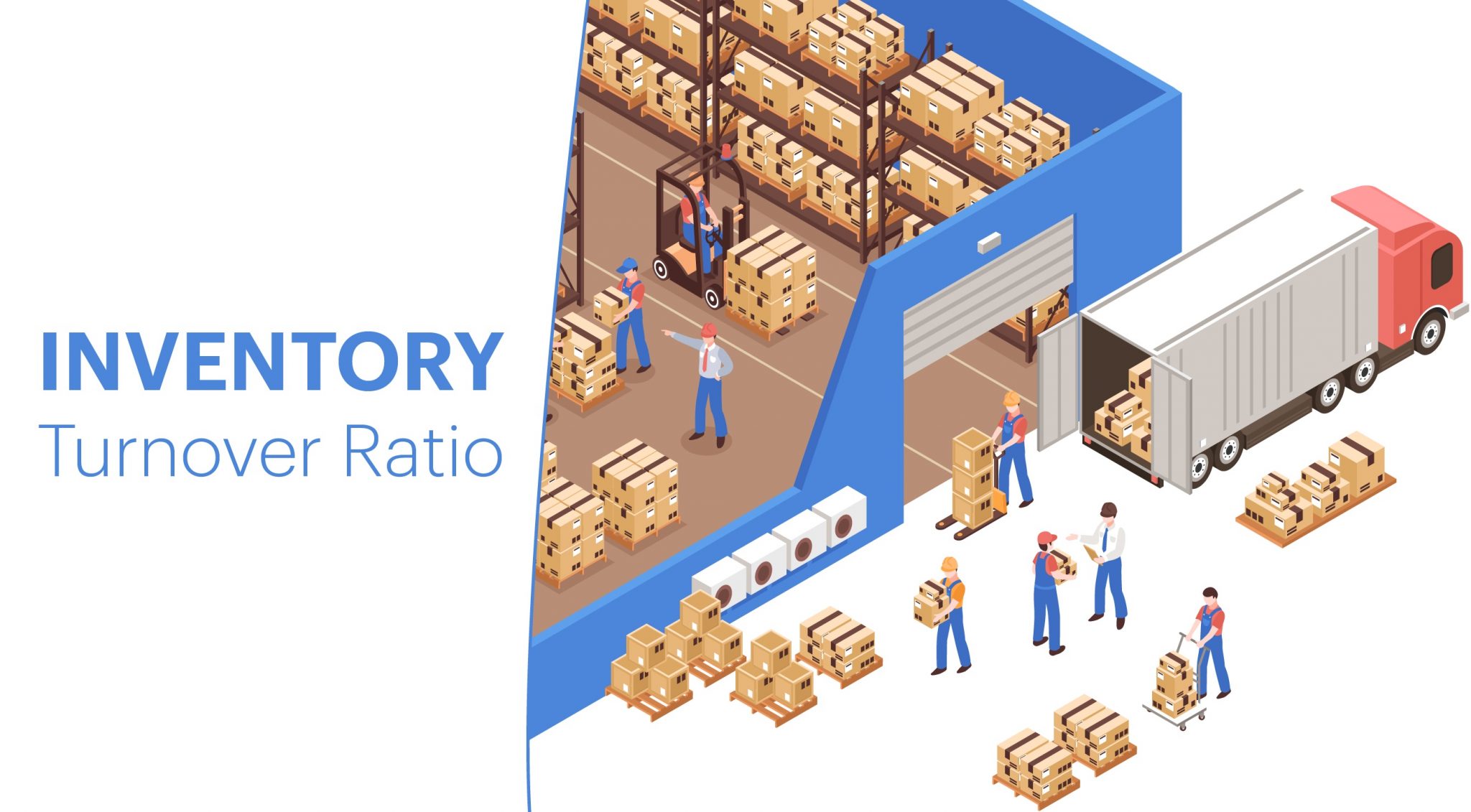
.png)
Industry inventory turnover ratio how to#
How to Calculate Your Inventory Turnover Ratio

Striving for a sustainable turnover rate that’s faster than your competitors can help you succeed in the long term. Whether you’re looking for investors or not, it can be helpful to compare your turnover to your industry average or direct competitors. Potential investors might also look at your stock turns to gauge your company’s efficiency compared to similar businesses in the market. When you see your stock turns shoot up or drop down, you should find the cause and intervene if needed. Tracking your inventory turnover yearly or quarterly can make you aware of any shifts. When you increase your pricing to better match demand, your turnover rate will naturally go down as your profit margin goes up. While it’s sometimes necessary to sell at a discount to get rid of excess stock, your everyday sales should produce a healthy profit. You may need to readjust so you’re reordering in higher quantities or more frequently.įaster inventory turns can also be a sign that goods are underpriced. If your industry may face a supply shortage, or even if a supplier gets slightly delayed, a high inventory turnover rate puts you in danger of losing customers. If this is the case, you might notice other issues, such as frequent stock-outs. It might be a sign that your purchasing and replenishment strategy is inefficient. High inventory turnover could also be a warning signal. Well-managed, high-turnover stock is less likely to spoil, get stolen, deteriorate or become obsolete. Faster turns mean it takes less time to liquidize assets, which means less risk and less capital tied up in unsold products. Retailers who move inventory faster compared to others in their market tend to outperform their competitors. On the other side of the equation, high turnover is generally a sign of success. Except in these special circumstances, a low turnover rate is something to remedy. If you purchased your inventory at a low cost, you might even see higher returns as prices rise. If your business expects a shortage or a sudden spike in demand that causes prices to rise, slow turnover helps you prepare for the rise in demand or to outlast the shortage. While low turnover may require intervention, sometimes it is advantageous. Maybe you need to stock different products or keep a smaller quantity on hand. If you see a low ratio, you might solve it by boosting your marketing efforts or changing your inventory. Either sales are down, or items are overstocked - and these concerns often overlap. For example, a low turnover rate could mean two things. Your inventory turnover metrics can tell you a lot about your inventory management process and help you make some important strategic decisions. DSI goes by many other names, including the average age of inventory, days in inventory (DII) and days inventory outstanding (DIO). You can calculate your DSI by multiplying your stock turns ratio by 365. A lower DSI is usually preferable because it means a company can turn its inventory on hand into profits faster. This metric measures the average time in days it takes a company to turn its stock into sales. You might also hear the term “inventory turns.” This means essentially the same thing - the number represents how many inventory turns occurred within the period.Īnother figure that’s similar to inventory turnover is days sales of inventory (DSI). If you’re using annual inventory turnover, a rate of 4 means the company turned over its stock four times that year. Tracking quarterly and even monthly stock turns can also be helpful. Typically, companies calculate their inventory turnover for the fiscal year. A faster ratio may mean the company doesn’t have enough supply on hand or that sales are particularly strong. Low inventory turnover may also mean that products have time to expire, deteriorate or go out of season before they sell. A slow turnover rate may indicate that a company has too much stock or weak sales numbers. This ratio measures efficiency for how the company purchases and sells goods. Inventory turnover is a metric representing how many times a company sells and replaces its stock entirely within a given period. Let’s talk more about this critical metric and how to calculate inventory turnover for your own business. This makes inventory turnover one of your most important performance indicators, both for your stock management team and for your company as a whole. When inventory is sold faster, companies have better cash flow and face fewer risks associated with unsold stock. It’s also one of your riskiest investments since your profitability depends on selling off your inventory and turning it into cash - also known as turning it over. As an e-commerce business, your merchandise is your most valuable asset.


 0 kommentar(er)
0 kommentar(er)
